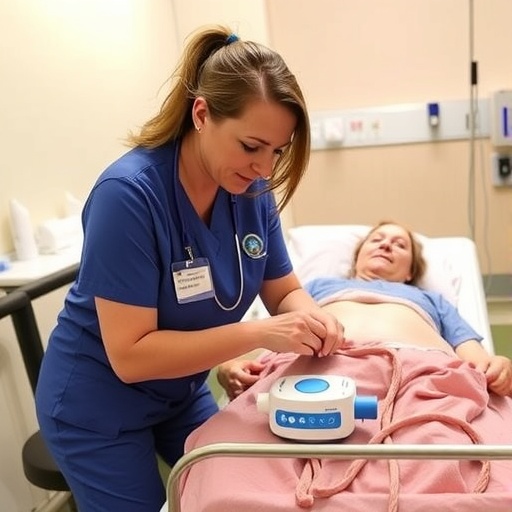A new study has identified novel mechanisms whereby T cells may be able to distinguish an emerging class of targets specifically increased on cancer cells.
The study, carried out by researchers from the University of Birmingham and the University of Virginia, and published today in Oncotarget, focuses on how the immune system recognises protein targets that are modified by phosphorylation, a process that is known to be commonly increased in cancer cells.
Phosphorylation plays a key role in cell signalling pathways, and involves small phosphate groups being added by kinase enzymes onto particular amino acid groups within a protein.
While it is widely recognised as being key to the control of a wide range of cellular pathways, including those that regulate cell division, it has also become clear that such pathways become heavily dysregulated in cancer.
Previous research published by the authors has revealed that such phosphorylated protein fragments can be presented on the surface of cancer cells for immune recognition, however the ways in which such small modifications affect how T cells recognise them have remained unclear. The team's results have shed new light on this issue.
One of the lead authors of the study, Dr Daniel Stones from the Cancer Immunology and Immunotherapy Centre at the University of Birmingham, explained the key findings: "We have found that this small modification – phosphorylation – is likely to have a major effect on how our T cells can recognise these cancer-associated targets in two ways. Firstly, our results show that phosphorylation can induce a major change in the overall structure of these peptides.
"Secondly, we directly show that the critical receptor involved on the T cell – the T cell receptor – is very sensitive at directly discriminating modified from non-modified peptides – even when the changes induced are relatively small."
Overall, the findings underline growing interest in the area of targeting modified antigens in cancer.
The study's senior author, Professor Ben Willcox explained: "Our study supports the idea that the abnormal patterns of phosphorylation observed in cancer cells may translate into a distinctive cancer-specific signature that can be targeted by the immune system. There might be a number of ways to go about targeting such phosphorylated peptides therapeutically, including vaccination, cellular therapies, and protein therapeutics."
###
Media Contact
Tony Moran
[email protected]
44-012-141-48254
@unibirmingham
http://www.bham.ac.uk
############
Story Source: Materials provided by Scienmag




